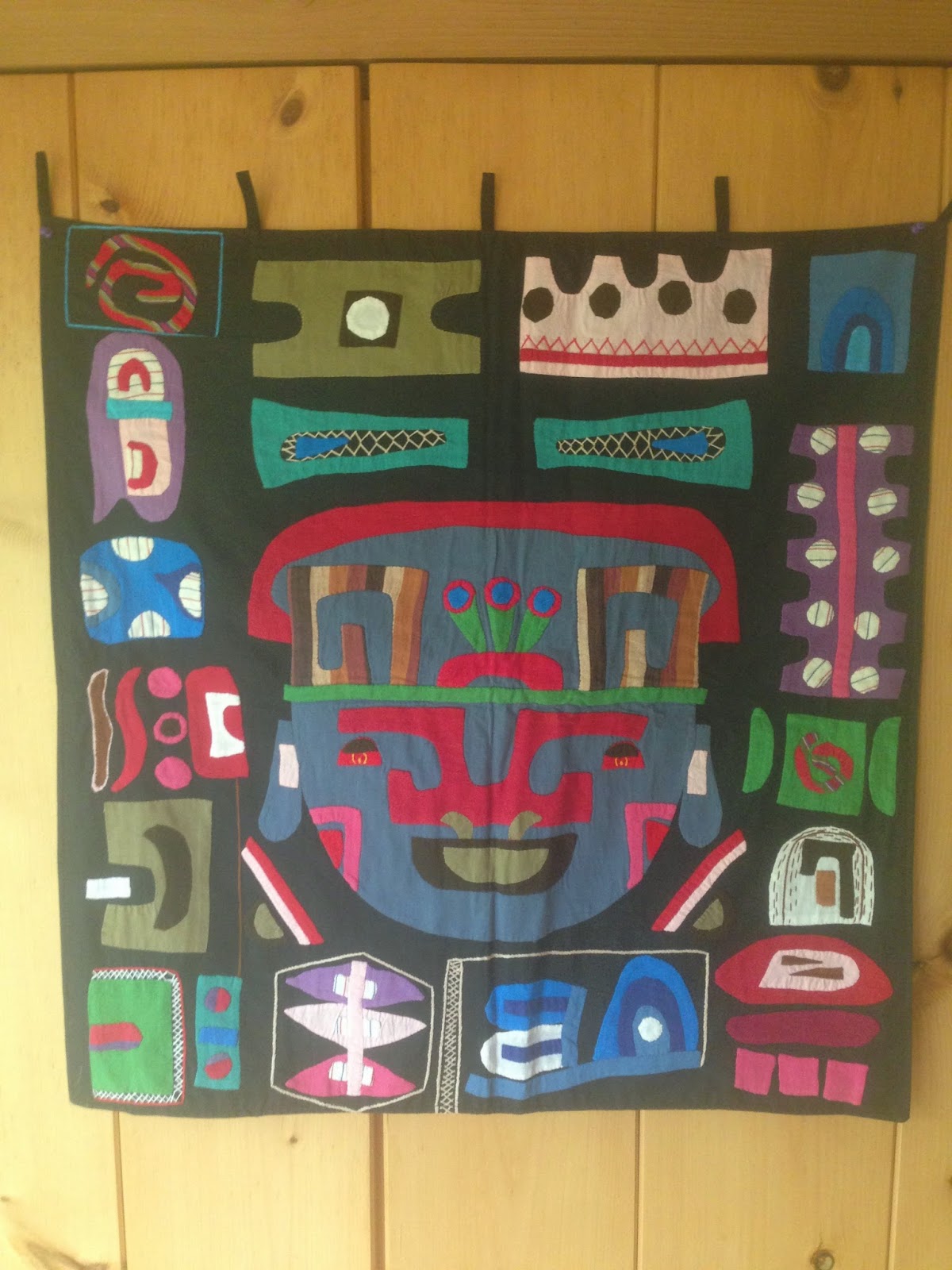FIRST THERE WERE 37, NOW THERE ARE 58
My book, 37 SKETCHES, came out in 2010 and went on to win a 2012 New York Book Club Award, in the same category as Michael Pollen by the way, which thrilled me as much as getting the award. Because it's probably my first and last actual art book, it's my personal favorite even though less read than some of the others. And truthfully, another reason I'm partial to this book is that it's about work I found to be incredibly exciting to do and work that yielded a great deal of personal artistic growth. While there are no patterns, there are 37 ideas for inspiration and I do talk about my intentions for each one. The quilts are organized in the order in which they were made, so you can see how they developed. So, while not a how-to book in the classical way, I see my students studying the book intently, figuring out for themselves what's going on and finding their own way to use the ideas to make their quilts, not mine. And isn't that just what we all want!
 |
| Sketch # 22; photo became the cover of 37 Sketches |
Seeing these small pieces as "sketches" in the same way that a painter would, provided a way to work out both composition and color before embarking on a larger work. Working small also meant I could explore many more artistic ideas and technical possibilities far quicker than if I were working on a large scale. Working small means you are more willing to take chances, and taking chances is how you discover new ideas. My initial idea was to not repeat myself. By the time I had about twenty of them finished I began to feel as though I'd designed my own personal crash course in design.
Four years after beginning this work, I now have 58 Sketches chronicling my own design work, all stored neatly in a box for me to review when considering new work. And they can stand on their own as well. They have been shown in two Museum Exhibits of my work: The Taupo Art Museum in Taupo, New Zealand in 2013, and the Dennos Art Museum in Traverse City Michigan, 2014.
The Sketches have been getting in my suitcase and coming with me as I go around the country teaching classes. Students have been really enthusiastic about making them, and excited about leaving class with the beginning of their own unique collection of Sketches.
Some of the Sketches have inspired larger quilts as shown in the following images. I don't try to copy the sketch in a larger format, but rather I use the ideas, the colors, shapes, and scale, I've worked out in the sketch.
 |
| Sketch #30, 9.5" x 11.25" |
 |
| Three Triangles, 34.5" x 35.5" |
For me and other quilters who have been making quilts for years and really don't need, much less have room for more big quilts, the Sketches are a satisfying way to explore design possibilities and stay involved and focused on the creative process which is so rewarding. I invite you to join us.
 |
| Sketch # 37 |
 |
| Sketch # 58, the last one...so far. |
yourself. It's a beautifully designed hard cover book, and it's a limited edition.
You can order it from Gwen: gwenmarston.com












































